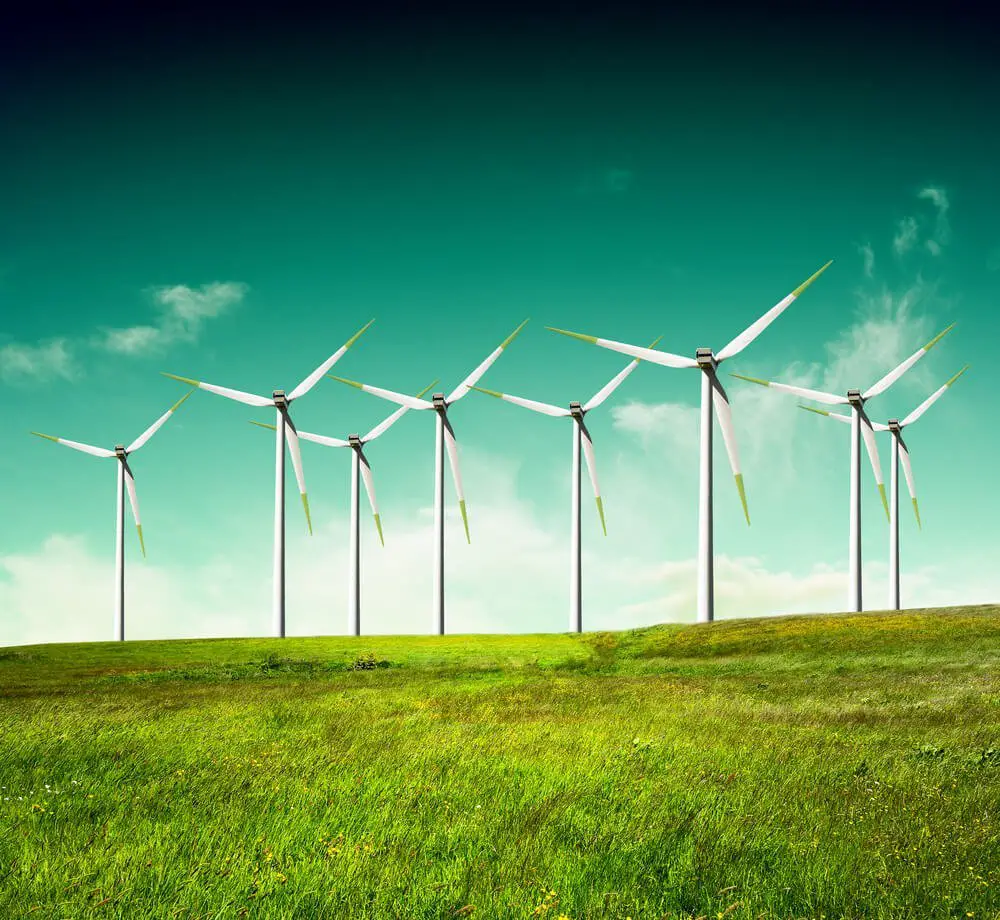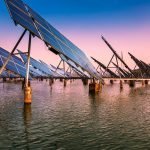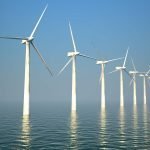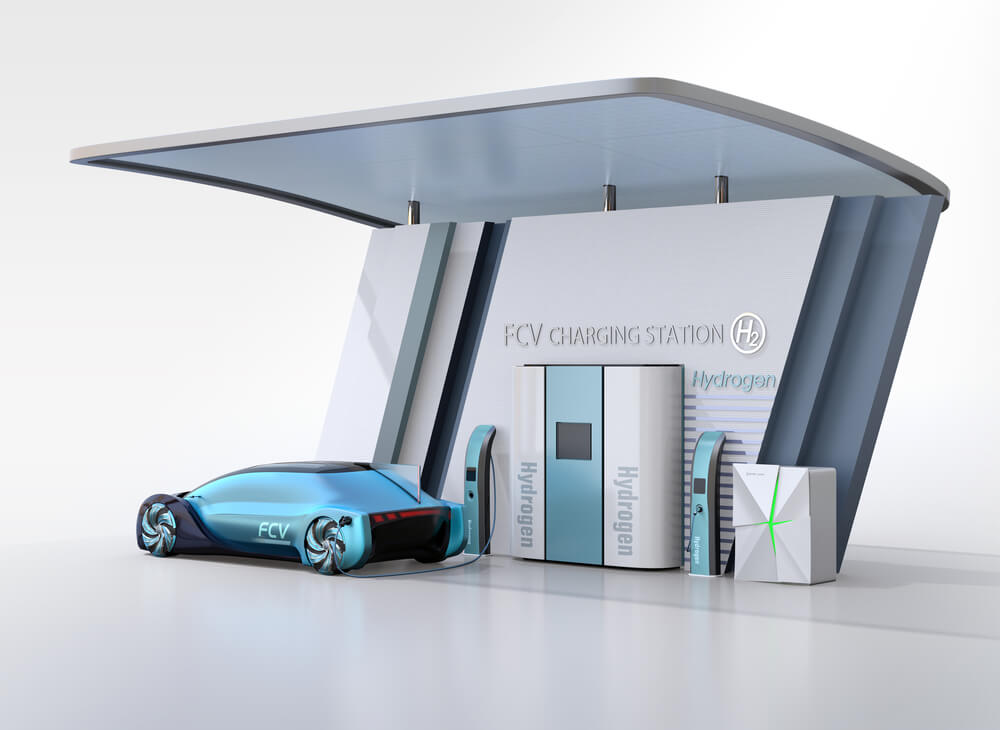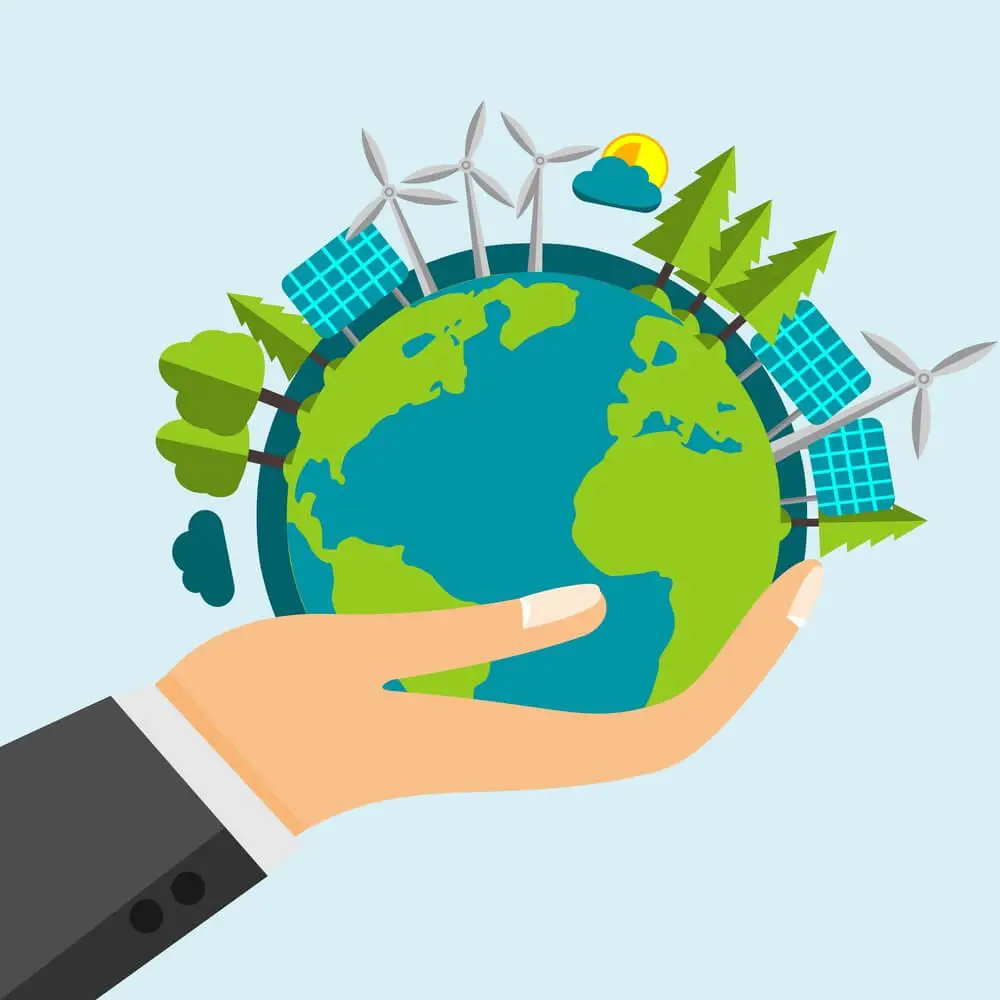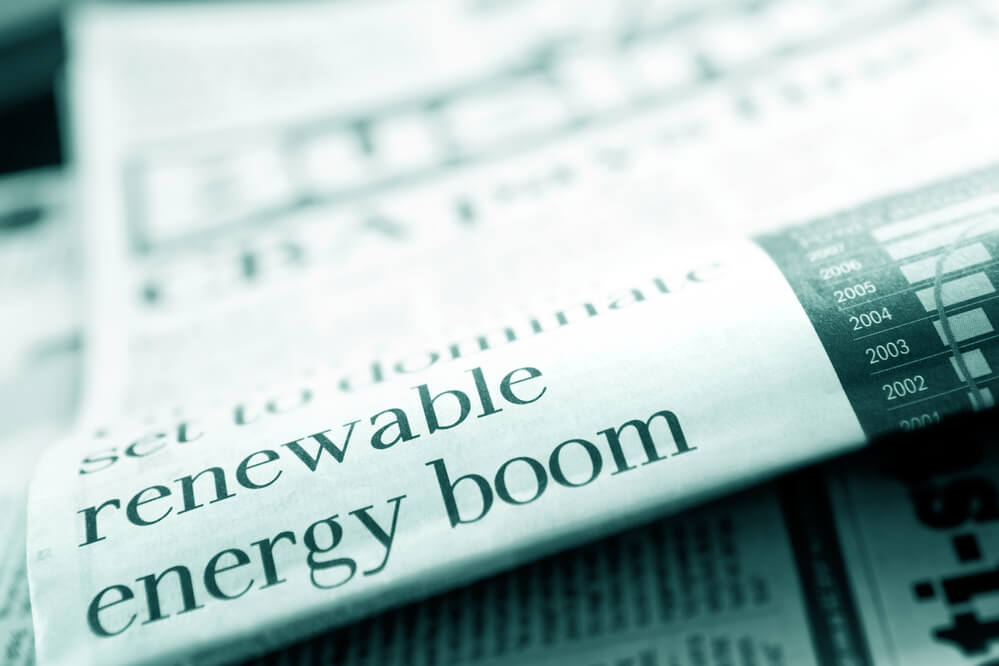We all use energy. A lot of it. With a 7.7 billion global population, everyone uses at least one energy source either for residential or commercial use.
And the number continues to grow.
Back then, society depended on coal and other renewable sources for energy. Unfortunately, these are unreplenishable sources – Sources that are gone when used. Once you burn coal, it’s gone.
Forever.
What’s the best renewable energy replacement for coal? Let’s find out.
Why is coal categorized as nonrenewable energy?
Coal was discovered millions of years ago and won’t replenish until the next millions of years. However, once the last piece is gone. It’s gone.
Coal has been serving the community with steam for thousands of years.
However, the tech advancement from big companies paved the way for better utilization of the nonrenewable energy found in electricity production.
Today, coal energy is primarily used in electricity production from power plants.
Coal power plants supply 30% of US power generation – a decline from 50% in the last 10 years.
The United States is a major coal producer, taking over with 11% of the global total produced from Pennsylvania, Illinois, Wyoming, and West Virginia.
China remains the leading coal producer with over 3 billion tons annual production.
However, coal energy is not clean. Over one-third of the US experiences greenhouse emissions caused by coal combustion.
In fact, it also accounts for the largest amount of air pollutants like mercury, nitrogen oxide, and the ‘acid rain’ chemical.
Coal energy reserves are depreciating rapidly and there are concerns on how long they’ll be around. Some believe it’s not going to last more than 70 years. For others, it’s 120 years.
That’s why we need a replacement for coal.
What Renewable Resource Can Replace Coal?
It’s hydropower! Hydropower Is the cheapest and the most popular renewable energy source with a 1,308GW global capacity (over 18% of the global electricity and 54% renewable power generation)
Most hydropowers have their sources at big dams in river valleys, and they harness the forces from the rushing water to power turbines.
The United States is an industry giant, but China records the biggest hydropower projects at the 7660 feel long Three Gorges on the Yangtze River. It generates a 22,500MW capacity.
Although hydropower is clean, sustainable, and renewable, dams come with its social and ecological impacts. Lots of funds and research has been invested in modern ways of using water to generate more power.
Attention is also drawn toward waves and tides. Hydropower is the cheapest and most effective replacement for coal going forward.
Wind energy
Wind energy has been around for a while and turbines have been used to harness energy for as far back as decades.
It is now the second most common renewable source used globally at 650GW annually.
Although wind energy currently holds no competition with hydropower, it’s only a little intrusive to the environment.
Several wind farms are built both onshore and offshore, and global interest in wind power is so impressive.
The US, China, UK, Germany, Brazil, Spain, and Italy have all invested massively in this energy source.
Wind energy is practically a very reliable replacement for coal. It is cost-effective, less intrusive to the environment, and generates a high energy amount. Switching to this energy source for your residential use is one of the best carbon footprint beneficial steps you can take.
Solar
Another reliable alternative to coal is solar energy. Just like the wind, this energy source has expanded sporadically in the last decade or so with over 580GW capacity.
Solar energy uses Photovoltaic panels as a converting medium from solar radiation to electricity. Solar power is efficient, clean, and renewable.
What Differentiates Coal From Renewable Options?
The main difference between coal and renewable energies include:
Like most non renewable sources, coal pollutes the environment in many ways. Renewables are clean and non-threatening to plants but reduce the greenhouse effect.
Coal will run out, eventually. No matter how long it’s going to take. Renewables stay forever. Renews constantly.
What Is The Downside Of Coal Energy Sources?
Generally, nonrenewables are non environmental friendly and threatening to the human race.
They produce the greenhouse effects, pollute the air, facilitate acid rain, and destabilize the biosphere.
They may trigger respiratory disease occurrence especially among those residing in polluted areas which are predominantly poor commuters.
If we don’t take renewable energy seriously, we may be exposing ourselves to unhealthiness.
In addition, coal and other nonrenewables may not stand the test of time, especially in the next few decades or maybe centuries to come.
If the planet needs sufficient power in the future, acting now is the solution.
Why do countries still hold on to nonrenewables?
We’re pushing this old energy source to their extinction as long as we hold on to them. Future effects of Climate change can be harmful in the coming decades.
According to the UN, the world has approximately a decade before the climate goes haywire. It’s time to embrace renewables. The change that the planet needs.
Bottom line
Coal was discovered millions of years ago and won’t replenish until the next millions of years. However, once the last piece is gone. It’s gone.
These nonrenewable energy sources have been of great value in the past decades, except for their threat to the environment.
As the global population continues to rise, so do we need more powers.
We must increase capacity while curbing greenhouse effects and other downside of nonrenewables.
